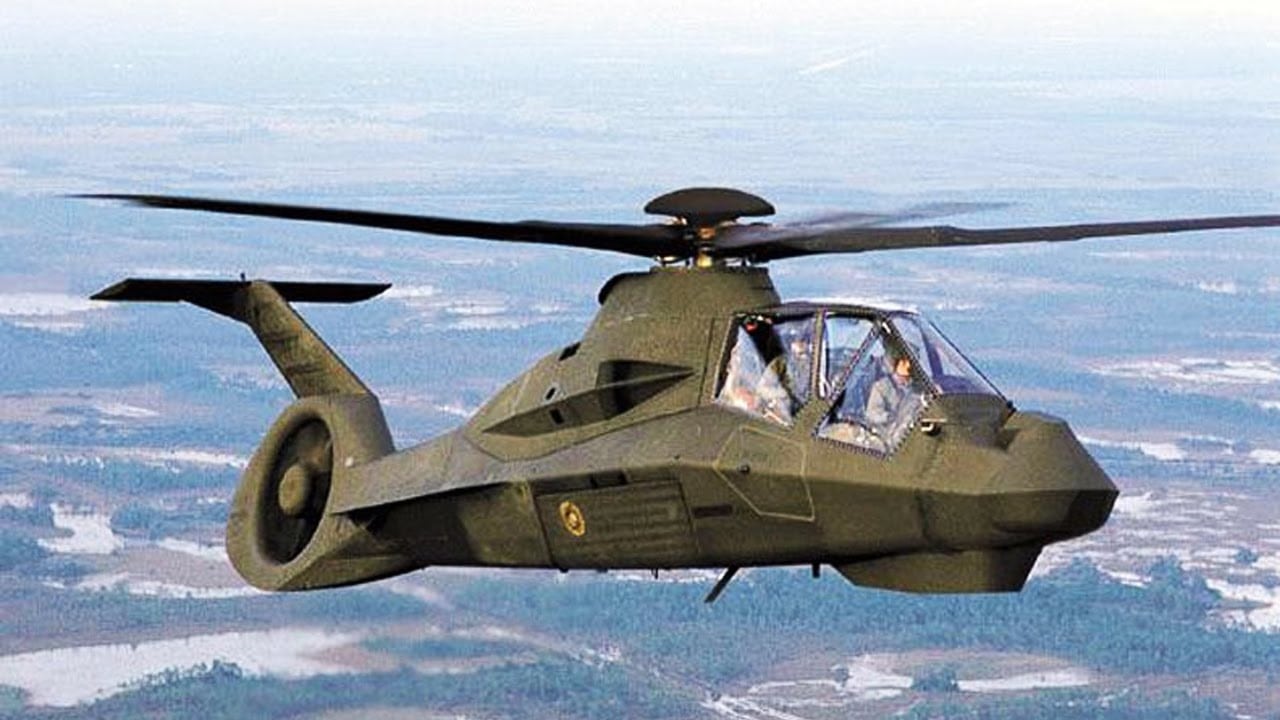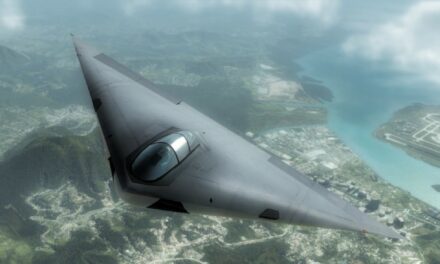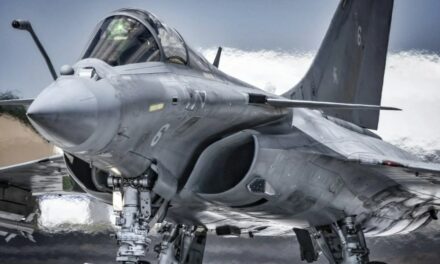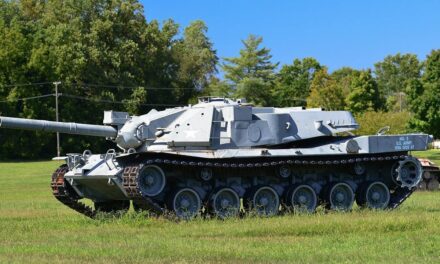We support our Publishers and Content Creators. You can view this story on their website by CLICKING HERE.
Key Points: The RAH-66 Comanche was a cutting-edge stealth reconnaissance and attack helicopter designed to overcome traditional helicopter vulnerabilities like radar and heat detection. Featuring advanced stealth technology, reduced heat signatures, and fly-by-wire systems, it was envisioned as a versatile support tool for armored cavalry missions and special operations forces.
-However, the program was canceled in 2004 after $7 billion was spent, with only two prototypes completed. The U.S. Army shifted focus to combat drones, deeming the Comanche unnecessary.
-Despite its cancellation, the Comanche remains an example of innovative engineering that never reached its full potential.
RAH-66 Comanche: The Best Helicopter That Never Was
One problem with helicopters in battle is that they are loud and easy to pick up on a radar scope. In fact, many years ago, the Viet Cong and soldiers from the North Vietnamese Army were able to hear “Huey” UH-1 helicopters before they arrived at landing zones where the enemy fighters laid wait in ambush mode. Raids in modern war are also difficult to execute because of loud helicopters that radar can detect. So why not a more quiet and “stealthy” helicopter?
What a Great Concept
This is where the RAH-66 Comanche helicopter came in.
It was a reconnaissance and attack helicopter that oozed coolness and sophistication, along with remarkable speed, maneuverability, and firepower. The aircraft’s idea was stealth and survivability.
It was time for a helicopter to fly undetected without overwhelming noise and angular designs that could be picked up on radar.
Reduce Radar Detection
The main aspect of the U.S. Army Boeing-Sikorsky RAH-66 Comanche was its smooth and slick design, which reduced its radar cross-section. That meant reducing rigid angles and applying radar-absorbing coatings on the outside surface of the airframe.
RAH-66 Comanche. Image Credit: Creative Commons.
Was It a Stealth Apache?
The Comanche sort of looked like an Apache attack helicopter. It was a dual-seater with landing gear where you would expect and a long tail boom. The main five-bladed rotor was similar to the Apache’s four-bladed main rotor, but it had a shrouded tail rotor.
It Solved the Heat-Seeking Missile Problem
Another problem with other helicopters is their heat signature. Enemy forces can usually gain missile lock on conventional helicopters.
As PlaneHistoria.com wrote, “Thermal signature reduction was another key focus area. The designers incorporated innovative cooling systems that channel hot engine gases through the helicopter’s tail boom before release, significantly reducing the heat signature.”
This feature would have made it challenging for enemy forces to target the Comanche with heat-seeking missiles, enhancing its survivability in hostile environments.
Helping Out an Armored Cavalry Regiment or Special Operations Forces
The Comanche would have excelled where stealth is needed in ground strike or reconnaissance mode. It was perfect for scouting out terrain and enemy air defenses for an armored cavalry mission.

RAH-66. Image Credit – Creative Commons.
Another capability or mission set I could see for the Comanche would have been loitering over an area where special operations forces were doing their daring missions. It could have supplemented a drone for eyes in the sky and then swooped down and unleashed hell and fury for close air support.
This thing even had a fly-by-wire feature and lightweight composite construction for greater agility and responsiveness.
Oh No, Do you mean to tell me it got canceled?
That was the good news about the Comanche. Unfortunately, only two prototypes were made, and the program was canceled in 2004. The project was expensive – costing around $7 billion. You know that tandem mission for special ops and drones I was describing above?
The U.S. military determined that combat unmanned craft would do just fine above-the-ground battle alone. The Army figured the Comanche wasn’t needed.
Was It All A Waste?
This was disappointing to the engineers and designers who had been working on the stealth helicopter since the 1980s. The Comanche program aimed to build over 1,200 aircraft by 2010, when it would enter full production mode.

The Army Will Have to Depend On Drones
I consider the Comanche one of the most remarkable aircraft that ever got canceled.
It is too bad priorities shifted to unmanned reconnaissance and combat vehicles. The $7 billion in development costs were wasted, but at least the Army made a tough decision before the Comanche went into serial production.
It goes down as “what might have been” for Army aviation, which still has loud, unstealthy helicopters with high heat and discoverable radar signatures. Let’s hope the Army was right to abandon the Comanche.
About the Author: Dr. Brent M. Eastwood
Brent M. Eastwood, PhD, is the author of Don’t Turn Your Back On the World: a Conservative Foreign Policy and Humans, Machines, and Data: Future Trends in Warfare, plus two other books. Brent was the founder and CEO of a tech firm that predicted world events using artificial intelligence. He served as a legislative fellow for U.S. Senator Tim Scott and advised the senator on defense and foreign policy issues. He has taught at American University, George Washington University, and George Mason University. Brent is a former U.S. Army Infantry officer. He can be followed on X @BMEastwood.

 Conservative
Conservative  Search
Search Trending
Trending Current News
Current News 





